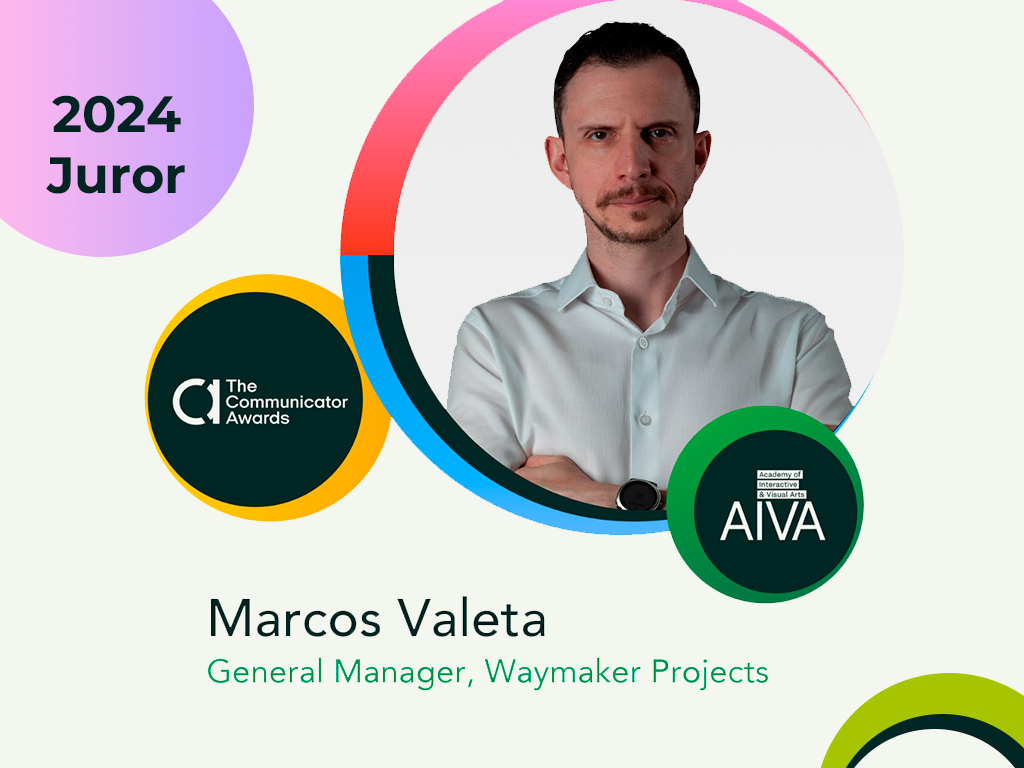In the vast landscape of digital marketing, understanding the nuances between organic and paid traffic is crucial for businesses looking to maximize their online visibility and attract more visitors to their websites. In this article, we’ll delve into the differences between organic and paid traffic, explore their respective characteristics and benefits, and provide insights into how businesses can leverage each effectively to achieve their marketing objectives.
Organic Traffic: The Power of Natural Search Results
Organic traffic refers to website visitors who discover your site through unpaid, natural search engine results. These visitors arrive at your website by clicking on links in search engine results pages (SERPs) without any direct payment involved. Here’s what you need to know about organic traffic:
- Source: Organic traffic originates from search engines like Google, Bing, and Yahoo. Users’ search queries drive organic traffic, and your website’s ranking in search engine results determines its visibility to potential visitors.
- Visibility: Achieving higher rankings in organic search results requires effective search engine optimization (SEO) strategies, including keyword optimization, content creation, link building, and technical optimization.
- Credibility: Organic traffic is often perceived as more credible and trustworthy by users since it reflects the relevance and authority of your website based on its content and optimization efforts.
- Longevity: Organic traffic can provide sustainable, long-term results, as your website continues to attract visitors over time without requiring ongoing payment for clicks or impressions.
Paid Traffic: Instant Visibility with Advertising Efforts
Paid traffic, on the other hand, involves website visitors who arrive at your site as a result of paid advertising efforts. In this case, businesses pay for their website to be displayed prominently in search engine results, social media platforms, or other online channels. Here’s what you need to know about paid traffic:
- Source: Paid traffic originates from various paid advertising platforms, including Google Ads, social media advertising (e.g., Facebook Ads, Instagram Ads), display advertising, and sponsored content.
- Visibility: Paid traffic allows businesses to achieve immediate visibility and exposure by bidding for ad placements in search engine results or on specific websites and social media platforms.
- Control: With paid traffic, businesses have greater control over their targeting options, ad formats, budgets, and scheduling. This flexibility enables them to tailor their campaigns to reach specific audiences and achieve specific objectives.
- Cost: Paid traffic requires businesses to pay for each click (cost-per-click or CPC) or impression (cost-per-impression or CPM) their ads receive. The cost varies depending on factors such as competition, audience targeting, and ad quality.
Both organic and paid traffic play integral roles in a comprehensive digital marketing strategy. While organic traffic relies on SEO efforts to improve website visibility over time, paid traffic offers immediate visibility and control over targeting options. By understanding the distinctions between organic and paid traffic and leveraging each effectively, businesses can enhance their online presence, attract more visitors to their websites, and ultimately achieve their marketing goals.



